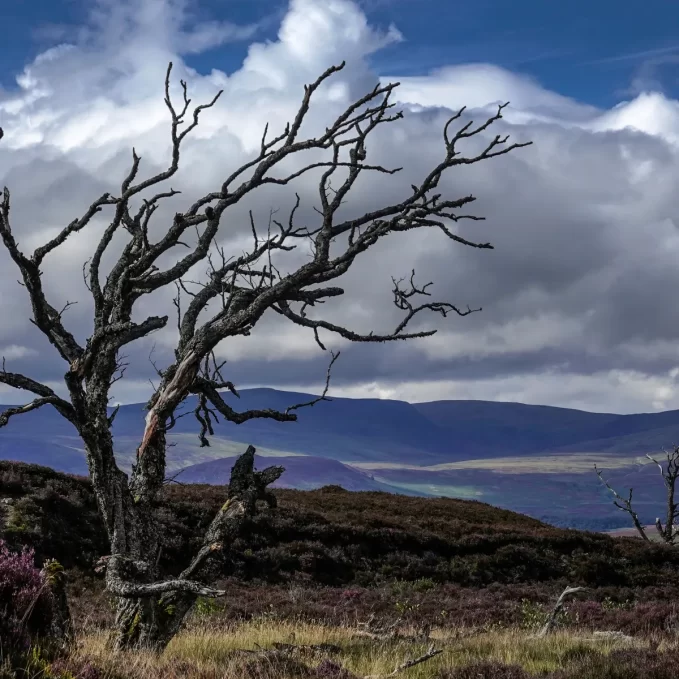
In the realm of land reform and environmental conservation, Scotland finds itself at a crossroads. Campaigners advocating for land reform have raised questions about the country’s approach to tackling the climate crisis. Specifically, they challenge claims that Scotland’s salvation lies in relying on multimillionaires to invest up to £2 billion in new forests and peatlands.
Community Land Scotland, in their analysis, accuses NatureScot, the conservation agency, of using unsubstantiated figures to support a significant increase in private funding for reforestation and peatland restoration in the Highlands and uplands.
NatureScot, in partnership with Scottish Greens minister Lorna Slater, announced a deal in March to leverage up to £2 billion in loans over the next decade from private financiers. Their goal is to fund an expansion of forestry and peatland restoration, with the potential to plant 185,000 hectares of woodland and store approximately 28 million tonnes of CO2 over the next 30 years.
However, conservation groups and land reform advocates express concerns about the involvement of private financiers, including a small private bank in Edinburgh and two investment firms, Palladium and Lombard Odier. These entities aim to profit from their loans by selling carbon credits based on the carbon sequestration achieved by the new woodlands and restored peatland.
Moreover, the private bank, Hampden, has stated that it is unlikely to disclose the identities of its clients investing in these funds, raising questions about transparency.
NatureScot maintains that these investments will be carefully designed in collaboration with local communities and in accordance with a charter on “high-integrity” carbon investments released by the Scottish government. They emphasize that such financial models are essential to meet ambitious targets in the face of the climate crisis.
One study estimates the cost of restoring all of Scotland’s damaged peatlands at £3 billion to £4 billion over the next decade, while NatureScot has been allocated only £250 million for this purpose. Scotland is also falling short of its target to plant 20,000 hectares of new woodland annually.
Critics argue that this approach reinforces Scotland’s existing land ownership patterns and benefits current landowners while potentially sidelining subsidies and taxation reforms as alternative means of funding nature restoration.
The analysis suggests that the figures used to justify the £20 billion finance gap and the £2 billion private finance target may be based on flawed assumptions. It challenges estimates that include the cost of buying land, which campaigners argue would largely be managed by existing landowners. Eliminating land purchase costs would reduce the forestry finance gap by roughly 30%, potentially making it feasible through government subsidies.
As Scotland navigates these complex challenges, questions about financing, transparency, and the equitable distribution of benefits from conservation efforts remain at the forefront of the debate.










Leave a Reply